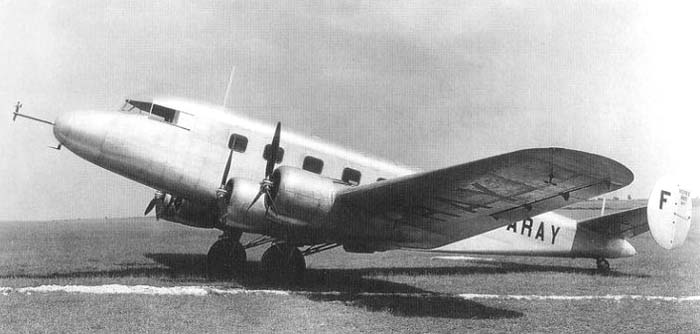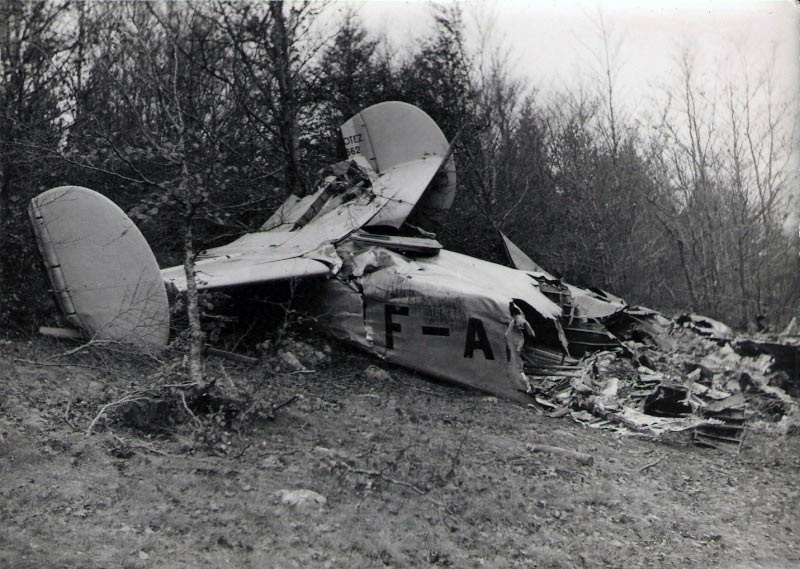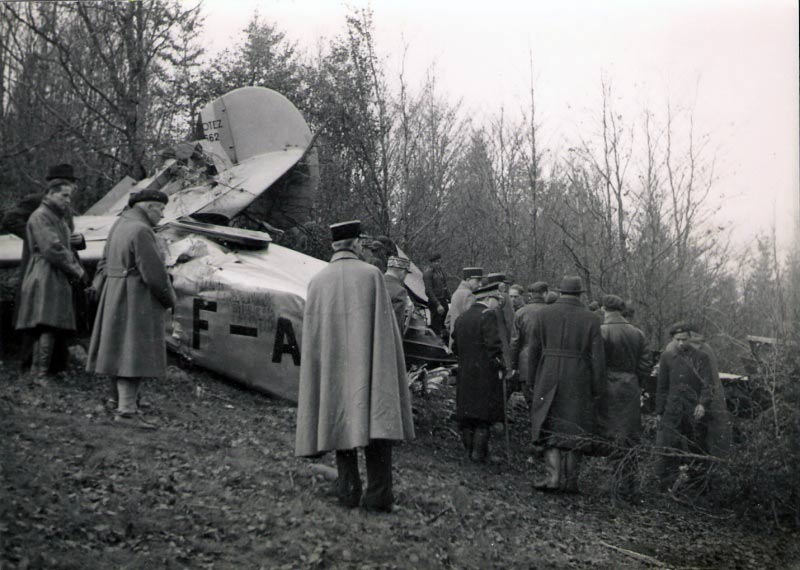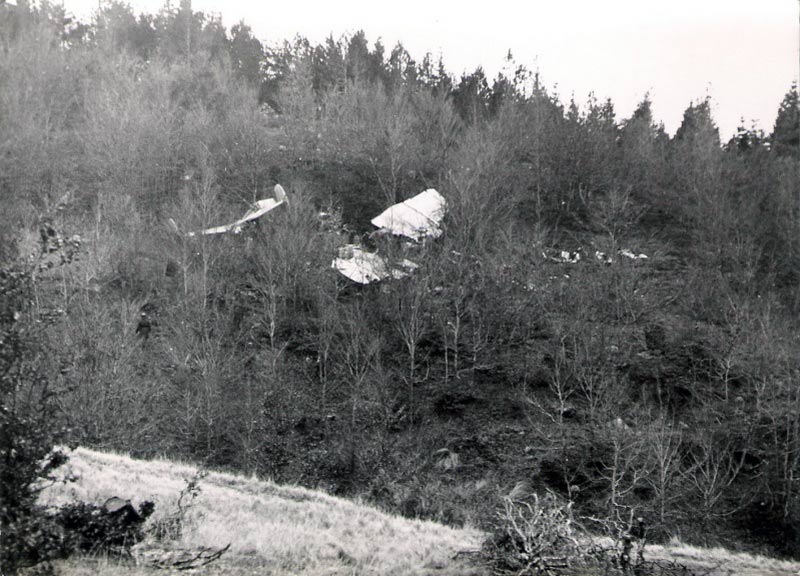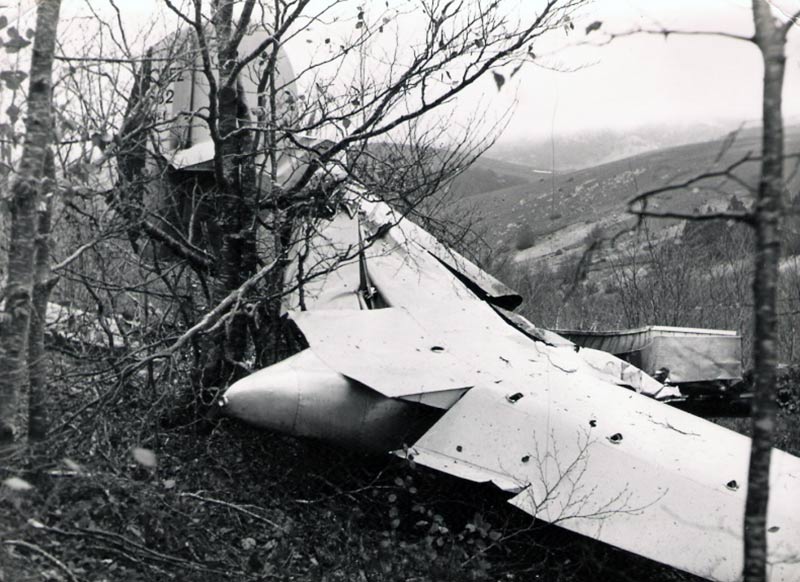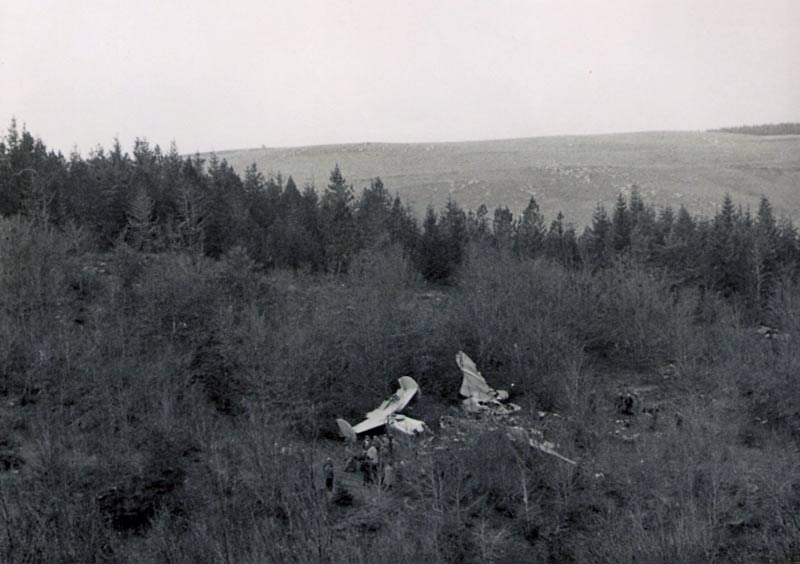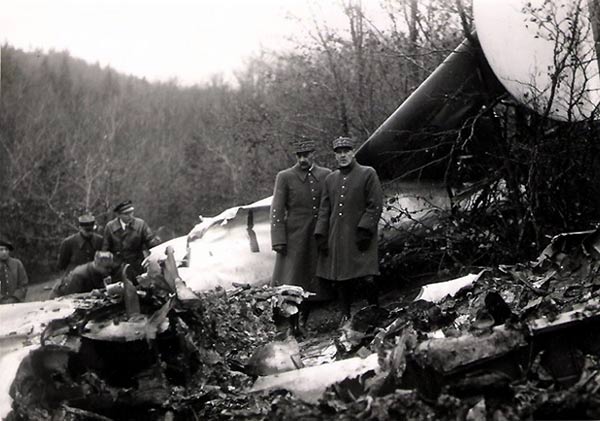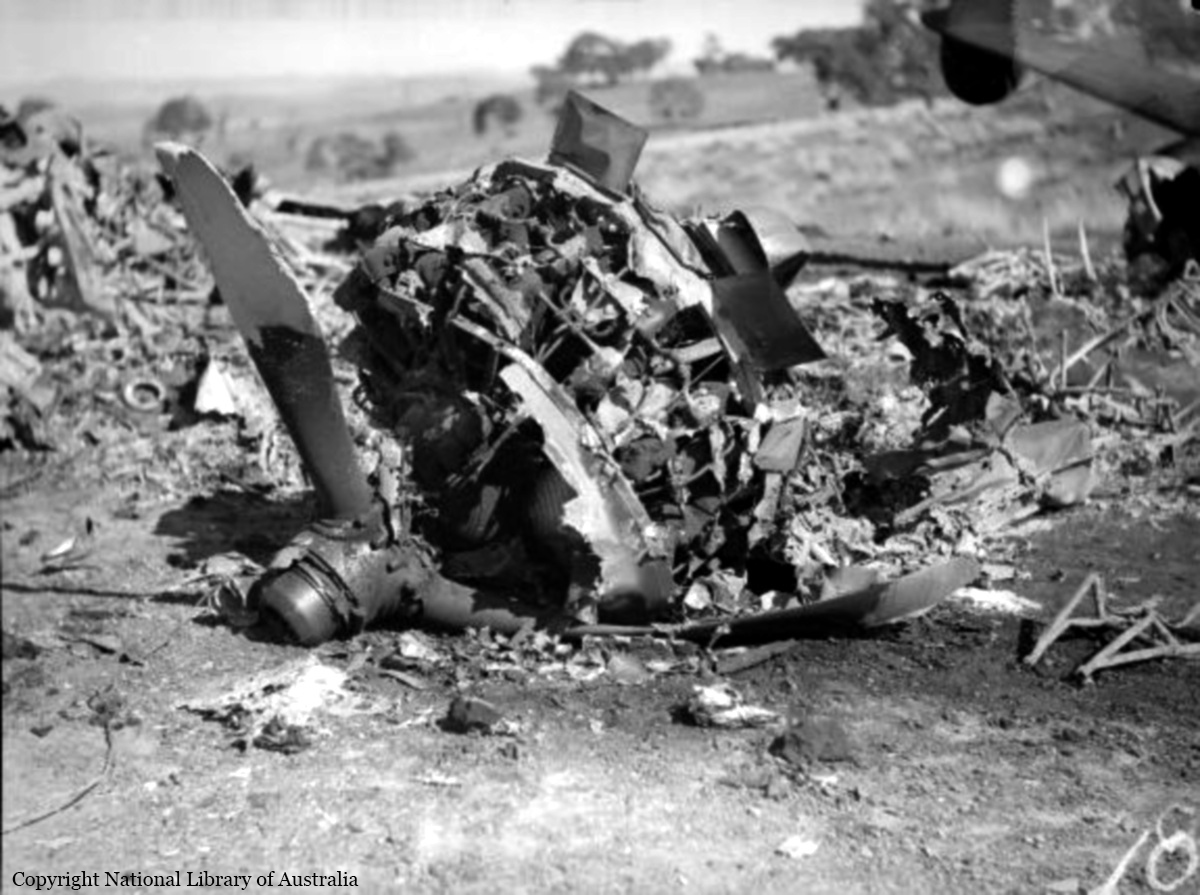Crash of a Waco YKS-7 in Luspebryggan
Date & Time:
Feb 10, 1945
Registration:
SE-ANG
Survivors:
Yes
MSN:
4603
Crew on board:
1
Crew fatalities:
Pax on board:
0
Pax fatalities:
Other fatalities:
Total fatalities:
0
Circumstances:
While cruising in a snowstorm, the pilot was forced to attempt an emergency landing in Luspebryggan. While the pilot, a Norwegian citizen operating a special mission for the British Intelligence Service, was unhurt, the aircraft was damaged beyond repair.








